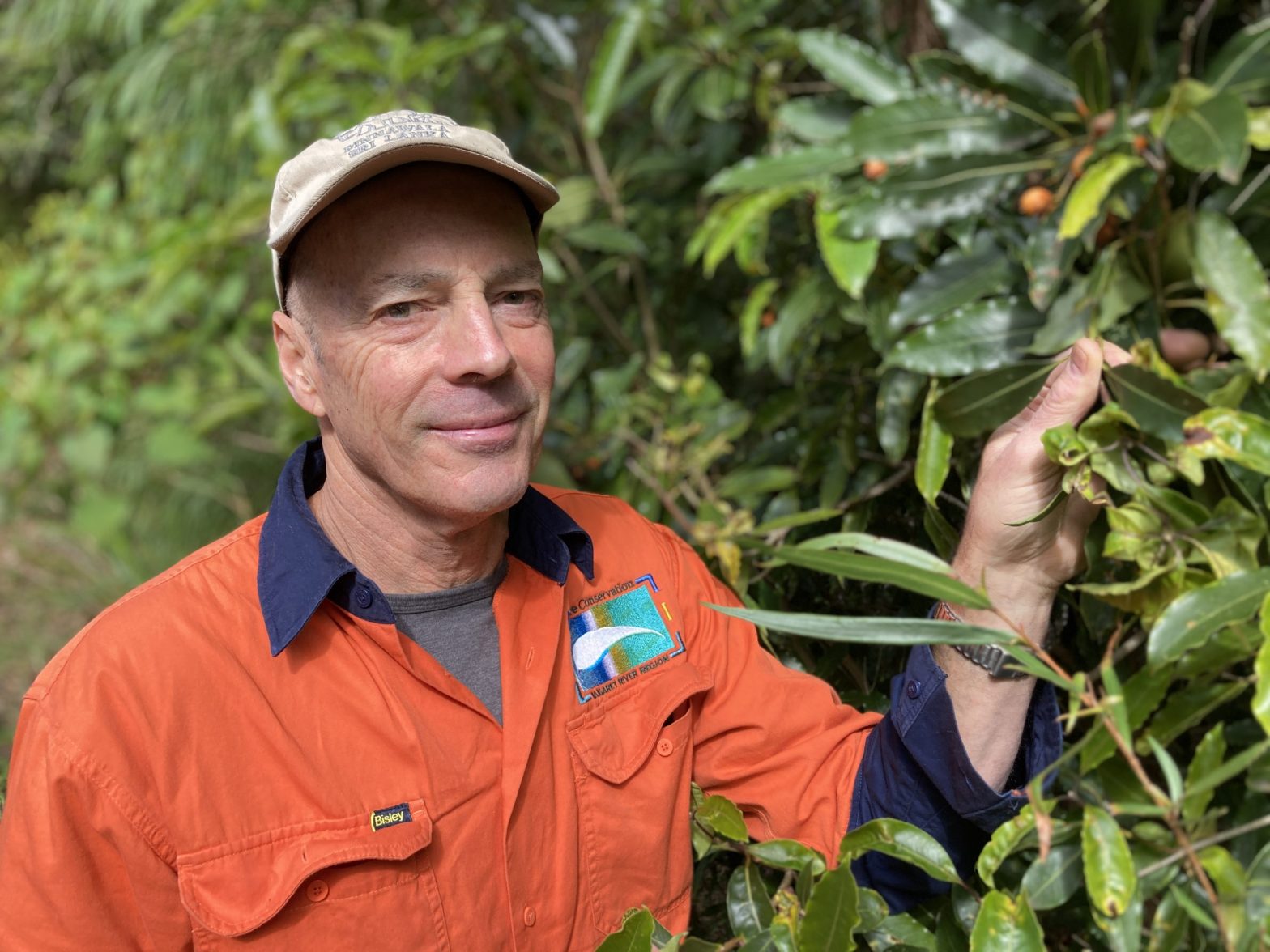Why there's nothing sweet about this tree
ITS flowers may be aromatic but there is nothing sweet about Sweet Pittosporum, which is a serious weed tree and is being targeted now in Nature Conservation Margaret River Region’s woody weeds campaign.
The worst weedy trees in the region are in the firing line as part of the two-year campaign, with everyone from suburban gardeners to bush block owners urged to help stop their spread.
Nature Conservation’s Arum Lily Blitz is already a high profile campaign targeting invasive arum lilies, but weedy trees including Sweet Pittosporum, Sydney Golden Wattle, Flinders Range Wattle, Victorian Teatree, Blackwood and even olives pose serious problems by invading bushland and outcompeting native plants.
Sweet Pittosporum is in the spotlight this month because the trees are flowering and setting fruit.
They are native to eastern Australia but were planted widely in backyards and gardens across the southwest and now threaten our iconic karri forests.
“At first they take over the understorey but in time they grow into tall trees and shade out the upper storeys as well,” Nature Conservation’s biodiversity officer Mike Griffiths said.
“Mature trees can reach up to 12 metres and shade huge areas with their dense crowns. Left unchecked, they degrade our karri forests because they don’t allow new karris to germinate and grow to replace the old trees.”
Mike said the tree was more widespread across the region that most people realised, “including in backyards, roadsides and in bush reserves. It thrives in the forests but does especially well in damp, shady areas like creeklines.
“They might look attractive and seem harmless, but a single tree can infest the whole neighbourhood as birds carry the seed for several kilometres – all without being noticed.
“So it’s important to remove them and replace with locally native species which complement our bushland and benefit wildlife.”
Sweet Pittosporum has smooth grey bark and glossy green leaves similar to bay leaves, often with wavy margins, and sweet-smelling white flowers. Flowers are followed by orange grape-sized fruit containing sticky seeds.
“You can hand-pull seedlings or remove larger shrubs and trees with a pruning saw or chainsaw and treat the cut stumps,” Mike said.
“Bigger jobs may need qualified contractors or the Nature Conservation on-ground team to bring an infestation under control, but it’s worth it when you think of the threat to the surrounding forests.”
See the comprehensive Sweet Pittosporum identification and removal video by following the links at natureconservation.org.au.





















